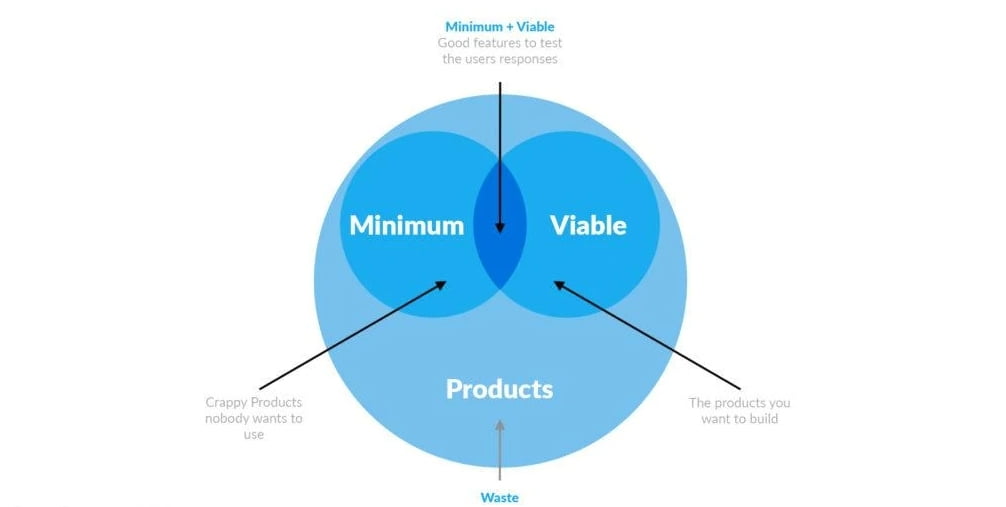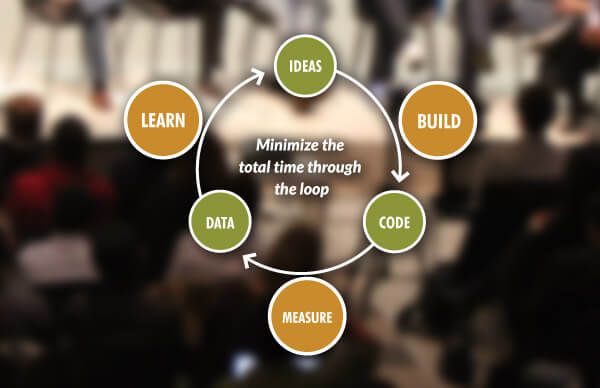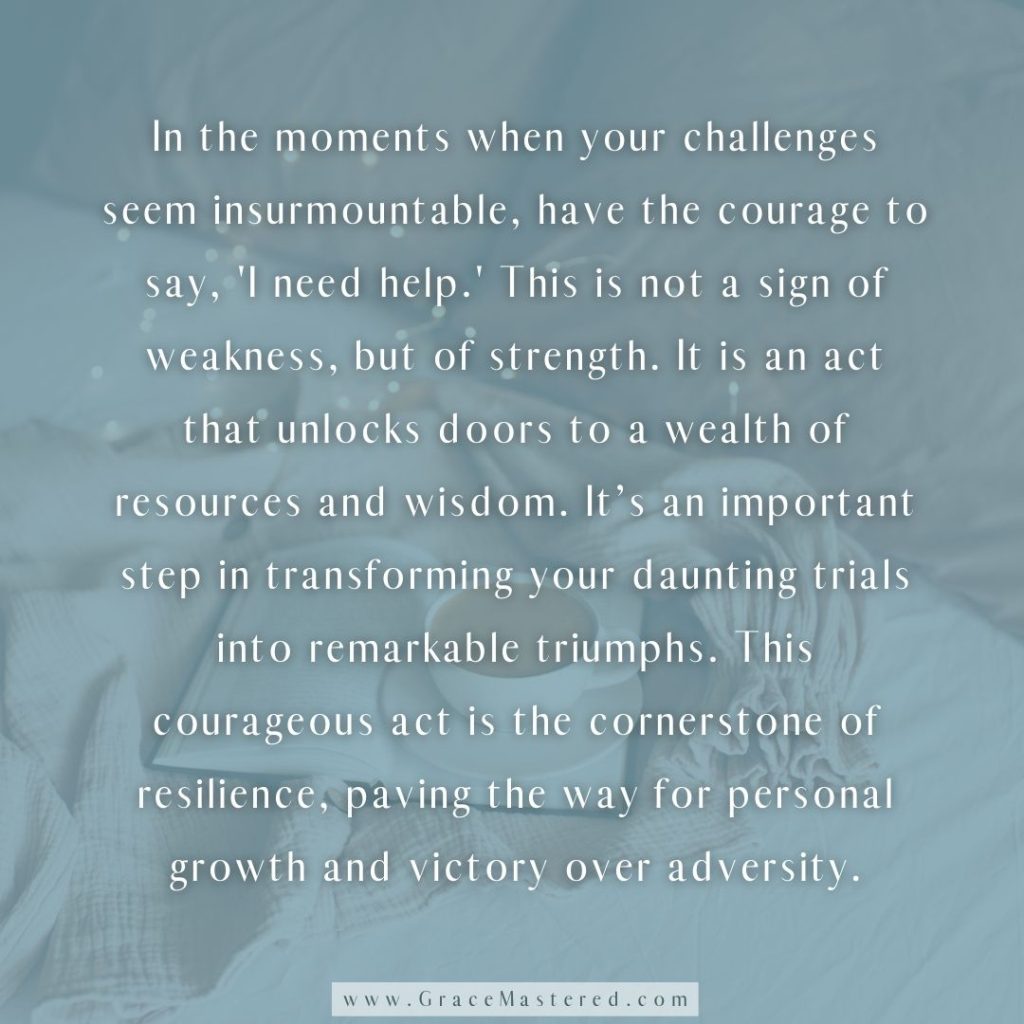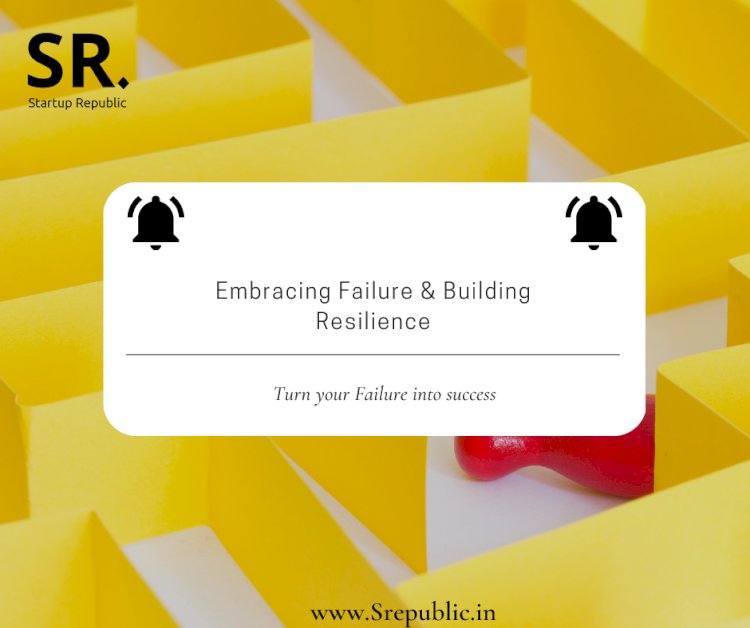
From Idea to MVP: The Lean Startup Approach Explained for Beginners
Every great product, service, or business starts with an idea. A spark of inspiration that promises to solve a problem, delight customers, or disrupt an industry. But between that initial spark and a thriving enterprise lies a treacherous journey. Most startups fail, often because they spend too much time and money building something nobody wants.
Enter the Lean Startup methodology.
Developed by Eric Ries, the Lean Startup is a scientific approach to creating and managing startups that helps them build products and services their customers actually want, faster and with less risk. It’s not just for tech startups; its principles can be applied to any venture, big or small, profit or non-profit.
In this comprehensive guide, we’ll break down the core concepts of the Lean Startup, explain what a Minimum Viable Product (MVP) truly is, and show you how to apply this powerful framework to transform your brilliant idea into a successful reality.
What is the Lean Startup Methodology?
At its heart, the Lean Startup is about minimizing waste and maximizing learning. It’s about moving away from traditional, rigid business plans that assume you know everything from day one, and embracing a continuous cycle of experimentation, feedback, and iteration.
Think of it less like a detailed blueprint and more like a scientific experiment. You have a hypothesis (your idea), you run an experiment (build a small version of your product), you collect data (measure how users interact), and then you draw conclusions (learn what works and what doesn’t). Based on these conclusions, you either adapt your plan (pivot) or continue on your current path (persevere).
Key Principles of Lean Startup:
- Entrepreneurs are everywhere: You don’t need to be in a garage in Silicon Valley. Anyone building a new product or business under conditions of extreme uncertainty is an entrepreneur.
- Entrepreneurship is management: It requires a new kind of management geared towards rapid learning and experimentation.
- Validated Learning: The goal isn’t just to build things, but to learn what to build. This learning is rigorously demonstrated by testing fundamental assumptions.
- Build-Measure-Learn Feedback Loop: This is the core engine of the Lean Startup, which we’ll explore in detail.
- Innovation Accounting: Using specific metrics to track progress, set milestones, and prioritize work.
Why is the Lean Startup So Powerful for New Ventures?
The traditional approach to building a business often involves months or years of development, significant financial investment, and then a grand launch. If the market doesn’t respond as expected, all that effort and money are wasted. The Lean Startup offers a stark contrast:
- Reduces Risk and Uncertainty: Instead of guessing what customers want, you actively involve them in the development process from the very beginning. This significantly lowers the chance of building something nobody needs.
- Saves Time and Money: By focusing on rapid iteration and validated learning, you avoid wasting resources on features or products that won’t succeed. You build only what’s necessary to learn.
- Accelerates Learning: The Build-Measure-Learn loop ensures you gain insights quickly. You discover what works (and what doesn’t) much faster than traditional methods.
- Fosters Customer-Centricity: The entire process revolves around understanding and responding to customer needs. This leads to products that are genuinely valuable to your target audience.
- Increases Chances of Success: By systematically testing assumptions and adapting based on real data, you significantly improve your odds of finding a viable business model and achieving product-market fit.
The Heart of Lean: The Build-Measure-Learn Feedback Loop
This three-step cycle is the engine that drives a Lean Startup. It’s a continuous process designed to turn ideas into successful products.
1. Build (Your Minimum Viable Product – MVP)
This isn’t about building a perfect, fully-featured product. It’s about building the smallest possible version of your product that allows you to test your core assumptions. This "testable" product is your Minimum Viable Product (MVP).
- Focus: What’s the absolute core problem you’re trying to solve? What’s the one essential feature that proves your value proposition?
- Goal: To get a functional version into the hands of real users as quickly as possible.
- Avoid: Spending months adding bells and whistles before you’ve even validated the basic premise.
2. Measure (Data & Feedback)
Once your MVP is out there, you need to systematically collect data and feedback on how users interact with it. This isn’t just about vanity metrics (like how many downloads you have); it’s about actionable metrics that tell you if your product is solving a problem for your users.
- What to Measure: User engagement, conversion rates, feature usage, customer acquisition cost, retention rates.
- How to Measure: Analytics tools, direct user interviews, surveys, A/B testing.
- Goal: To gain a clear, objective understanding of user behavior and reactions to your MVP.
3. Learn (Insights & Decisions)
This is the most critical part of the loop. It’s where you analyze the data you’ve collected and derive actionable insights. This learning informs your next steps.
- Analysis: Look at the data. Is your product being used as you expected? Are users finding value? Are they encountering problems?
- Validated Learning: Did your initial hypothesis prove true? If not, why? What new insights have you gained about your customers and their needs?
- Decision: Based on your learning, you make an informed decision:
- Persevere: If your hypothesis was validated and the product is performing well, you continue on your current path, perhaps adding more features or expanding to new markets.
- Pivot: If your hypothesis was disproven, or if the data shows a different opportunity, you make a structured course correction. This could involve changing your target customer, your value proposition, your technology, or even your entire business model.
Demystifying the MVP (Minimum Viable Product)
The concept of the MVP is often misunderstood. It’s not just a "crappy" or unfinished version of your product. It’s a strategically designed tool for learning.
What an MVP IS:
- The smallest experiment: It’s the bare minimum required to test a specific hypothesis about your business idea.
- Functional: It must work well enough to deliver its core value proposition.
- Testable: It allows you to collect meaningful data and user feedback.
- Focused on core value: It solves one primary problem for your early adopters.
- A starting point for learning: It’s designed to help you learn, not to be a finished product.
What an MVP IS NOT:
- A shoddy, incomplete product: It might lack polish, but it should function reliably for its intended purpose.
- A beta version with missing features: An MVP isn’t just a full product with some features cut out. It’s a simplified product designed to test a single core assumption.
- Your final product: It’s a stepping stone, a tool for validation.
- An excuse for poor quality: While it might be minimal, the core functionality should still be robust and user-friendly.
Famous MVP Examples:
- Dropbox: Started with a simple video demonstrating the file-syncing concept. This video alone was enough to gauge interest and gather email sign-ups before building the full product.
- Zappos: The founder initially tested the idea of selling shoes online by taking photos of shoes at local stores, posting them online, and then buying them retail to ship directly to customers if an order came in. He proved people would buy shoes online before investing in inventory.
- Airbnb: Began with founders renting out air mattresses in their own apartment during a design conference. They built a simple website to test if people would pay to stay in someone else’s home.
The power of the MVP lies in its ability to quickly validate or invalidate your riskiest assumptions before you invest significant time and resources.
Key Concepts in Lean Startup Explained
Beyond the Build-Measure-Learn loop and the MVP, several other concepts are crucial to understanding the Lean Startup approach:
-
Validated Learning: This is the primary goal of every Lean Startup experiment. It’s not just about accumulating data, but about demonstrating empirical proof that your hypothesis about your product, customers, or market is true (or false). It means learning what customers really want, not what you think they want.
-
Innovation Accounting: How do you measure progress in a world of constant experimentation? Innovation accounting provides a way. It uses "actionable metrics" (e.g., customer retention, conversion rates) rather than "vanity metrics" (e.g., total downloads) to determine if your efforts are leading to genuine validated learning and progress towards a sustainable business.
-
Pivot vs. Persevere: These are the two main decisions you make after going through the Build-Measure-Learn cycle.
- Persevere: You continue on your current path because your validated learning confirms your initial hypothesis. You might optimize or add features, but the core direction remains.
- Pivot: You make a structured course correction. This isn’t a failure; it’s a strategic shift based on new learning. There are many types of pivots (e.g., zoom-in pivot, customer segment pivot, platform pivot, revenue model pivot). The ability to pivot quickly is a hallmark of successful Lean Startups.
-
Early Adopters: These are the specific group of customers who are willing to try your unproven MVP. They are often problem-aware, actively seeking solutions, and forgiving of imperfections. Their feedback is invaluable in the early stages, as they help you shape your product.
Implementing Lean Startup: A Step-by-Step Guide
Ready to apply the Lean Startup to your own idea? Here’s a simplified roadmap:
Step 1: Define Your Idea & Hypotheses (Problem-Solution Fit)
Before building anything, clearly articulate your core idea. What problem are you trying to solve? For whom? And how do you propose to solve it?
- Problem Hypothesis: "My target customer [specific group] experiences [specific problem]."
- Solution Hypothesis: "My product/service [brief description] will solve this problem by [how it works]."
- Value Hypothesis: "Customers will find value in my solution because [benefit]."
- Growth Hypothesis: "I believe customers will find out about my product through [channels]."
Step 2: Identify Your Riskiest Assumptions
Every idea is built on assumptions. What are the biggest "ifs" in your plan? These are the things that, if proven wrong, would cause your entire idea to collapse. Focus on testing these first.
- Example: "Customers are willing to pay for this." "People will use this daily." "This feature is essential."
Step 3: Define Your MVP
Based on your riskiest assumptions, what’s the absolute simplest thing you can build to test them? Remember, it’s about learning, not launching a finished product.
- Tip: If you’re building software, consider a "concierge MVP" (where you manually provide the service behind the scenes) or a "landing page MVP" (a simple webpage describing your product to gauge interest).
Step 4: Build Your MVP (Quickly and Efficiently)
Use minimal resources and time. The goal is speed to learning. Don’t over-engineer. Focus only on the features necessary to test your core hypothesis.
- Example: If your idea is a recipe app, your MVP might just be a spreadsheet of recipes shared via a link, or a simple webpage with 5 recipes and a feedback form, not a fully developed mobile app.
Step 5: Launch & Measure
Get your MVP into the hands of your early adopters. Then, rigorously collect data and feedback.
- Qualitative Data: Talk to users! Observe them using your MVP. Ask open-ended questions. "What did you like? What was confusing? Would you pay for this?"
- Quantitative Data: Use analytics tools. Track usage patterns, click-through rates, time spent, conversion rates, etc.
Step 6: Learn & Iterate (Pivot or Persevere)
Analyze all the data and feedback. Did your riskiest assumptions hold true?
- If yes (validated learning): Great! What’s the next riskiest assumption? How can you enhance the MVP based on feedback? (Persevere)
- If no (invalidated learning): Don’t despair! This is valuable information. What did you learn? How can you adjust your idea, target customer, or solution based on these insights? (Pivot)
Then, repeat the cycle. This continuous loop of Build-Measure-Learn is how you systematically de-risk your venture and move towards product-market fit.
Common Pitfalls to Avoid in Your Lean Startup Journey
While the Lean Startup is incredibly powerful, it’s not foolproof. Be aware of these common mistakes:
- Building Too Much MVP: The "M" in MVP is crucial. Don’t add features just because they’re cool. Every feature should serve to test a specific hypothesis.
- Ignoring Feedback: User feedback is gold. Don’t get defensive or cherry-pick only the positive comments. Embrace the criticism as an opportunity to learn.
- Not Defining Success Metrics: If you don’t know what you’re measuring, how will you know if your experiment succeeded? Define clear, actionable metrics before you launch your MVP.
- Fear of Pivoting: Pivoting can feel like admitting failure, but it’s the opposite. It’s a sign of intelligence and adaptability. The longer you cling to a flawed idea, the more resources you waste.
- Confusing Speed with Haste: While speed is important, it doesn’t mean skipping steps or building shoddy products. It means efficient, focused execution.
- Not Talking to Customers: Relying solely on analytics can be misleading. Direct customer interaction provides rich, qualitative insights that data alone cannot.
Who Can Benefit from the Lean Startup Approach?
The beauty of the Lean Startup is its universal applicability:
- Aspiring Entrepreneurs: If you have an idea but don’t know where to start, this framework provides a structured, low-risk path.
- Small Business Owners: Looking to launch a new product or service? The Lean Startup can help you validate your offerings before a big investment.
- Established Companies: Large organizations can use Lean principles to foster internal innovation, test new initiatives, and stay competitive in rapidly changing markets.
- Product Managers & Developers: It provides a customer-centric framework for building products that truly resonate with users.
- Anyone with an Idea: Even if you’re just exploring a side project or a non-profit initiative, the Build-Measure-Learn cycle can help you clarify your vision and gather support.
Conclusion: Embrace the Journey of Learning
The Lean Startup isn’t a magic bullet, but it is a powerful methodology for navigating the inherent uncertainty of bringing a new idea to life. By embracing validated learning, focusing on your Minimum Viable Product, and continuously iterating through the Build-Measure-Learn cycle, you dramatically increase your chances of building something truly valuable and impactful.
Forget the rigid, decade-long business plan. Start small, learn fast, and adapt even faster. Your idea is just the beginning; the journey of discovery and learning is where true innovation happens. So, take that first step, build your MVP, and let the learning begin!



Post Comment